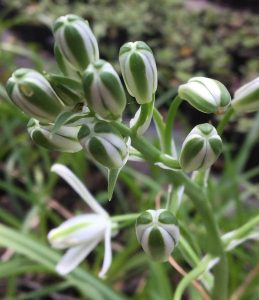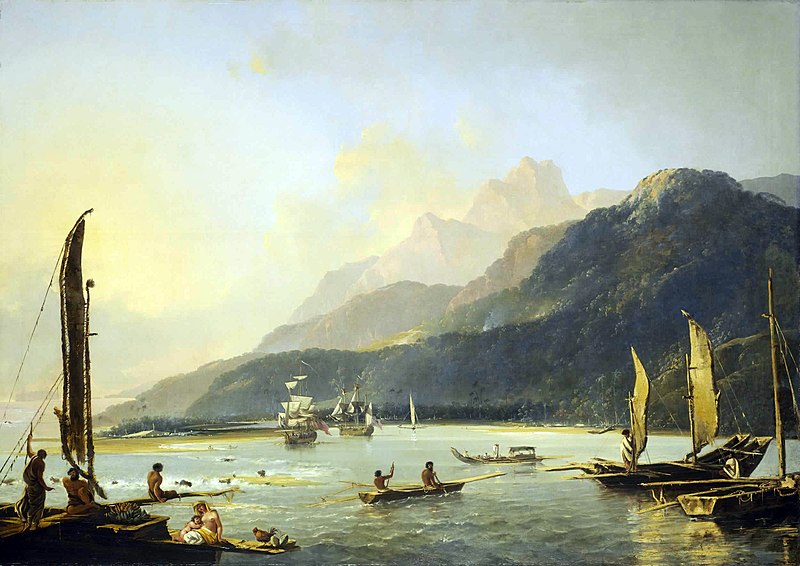By Chuck Staples
![]()
Featured image above: Born in London, England in the 1740s, David Nelson
became a seaman and botanical collector.
Featured image: Born in London, England in the 1740s, David Nelson became a seaman and botanical collector.

The purpose of this round-the-world voyage was an attempt to discover the Northwest Passage between the Atlantic and Pacific Oceans around the top of North America. William Bligh (1754–1817) was Cook’s sailing master on this voyage. Nelson discovered many varieties of tropical plant life. After many problems during the voyage HMS Resolution returned to London in 1780.

On his return to London, David Nelson worked as a gardener at Kew Gardens for seven years. In 1787, he was appointed botanist on commander William Bligh’s HMS Bounty. Nelson was in charge of the 600 breadfruit trees obtained in Tahiti to be transported to the West Indies. Remaining loyal to Bligh when the famous mutiny occurred on 28 April 1989, Nelson was one of the 19 men cast adrift without arms in a small boat. Although surviving the famous 3800-mile voyage to Timor, he spent a day botanizing, caught cold and died on 20 July 1789.
The species Albuca nelsonii (Eastern Cape and Natal) was named in his honor in 1880 by Nicholas Edward Brown (1849–1934).
![]()

